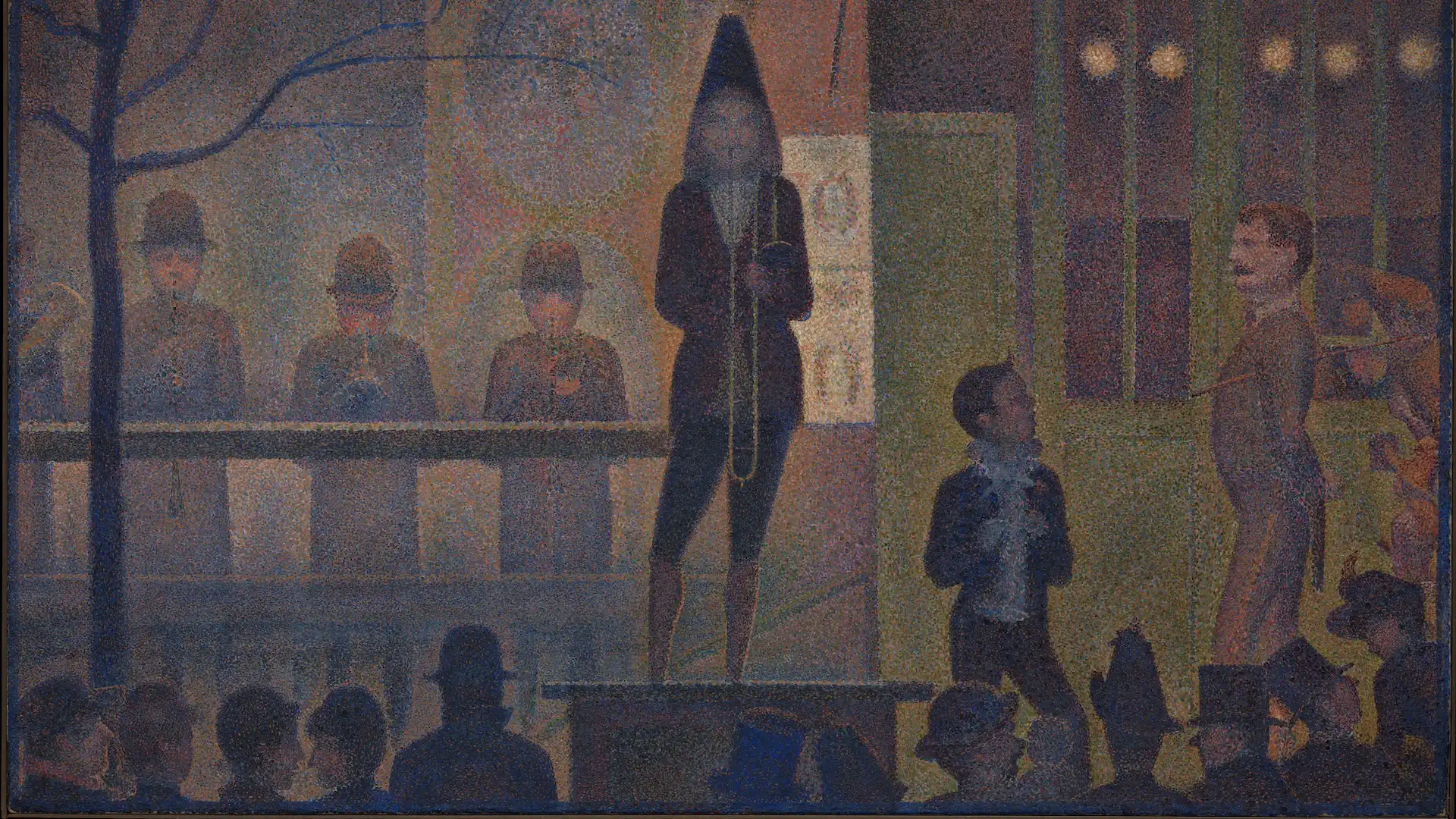Log Zero
The examined life is worth living; but at what cost?

The origin of the records to follow in this series can be traced back to my notebooks where I used to quote lengthy paragraphs from my readings in college. Initially, these notebooks were designed as a repository of thought, and more precisely, as a treasury of ideas for an academic career in humanities. Thus, unlike the illegible notes taken in course seminars, these soft-cover black notebooks would include only a small amount of my own commentary, so that the purity of ideas is preserved for future inspiration.
No wonder I hardly remember reading many of these pieces that I once put there with such detail. What is surprising is that reading them today does not reveal an idea from the past, nor does it provide a new perspective on a past thought. The object of primary interest, it is revealed, is not the external idea, but the very subject that thought these passages are worth saving for some future time; namely, myself.
Today, looking back at these notebooks, it feels as if I am looking at a memory of myself at a time when I was not able to understand the paths of my own thinking. I can now see certain paths that I took then, but such a vision comes along with a thrilling sense of blindness towards the paths that I am taking at this very moment while I am trying to make sense of the paths that I took in the past. Of course, the notebooks tell me that this is to be expected; here is an entry (dated September 2, 2017) featuring a quote from In the Language of Walter Benjamin by Carol Jacobs.
For Benjamin, remembrance is no instrument for digging up and taking hold of an ex-ternal past. Memories are, rather, a medium in which debris and buried ruins are rein-terred as one probes; a digging in which no thing is brought to the surface. And yet Ben-jamin hardly bemoans a loss of treasure, but celebrates, rather, the dark good fortune of the digging itself and even the failure to find. (11)
If you are keen on reducing temporal difference into a spatial metaphor, an understanding of perspective may prove to be productive here. So, here is another entry (dated September 28, 2017) featuring a quote from Perspective as Symbolic Form by Erwin Panofsky:
Perspective creates distance between human beings and things (“the first is the eye that sees, the second is the objects seen, the third is the distance between them,” says Dürer after Piero della Francesca); but then in turn it abolishes the distance by, in a sense, drawing this world of things, an autonomous world confronting the individual, into the eye. Thus, the history of perspective may be understood with equal justice as a triumph of the distance-denying human struggle for control; it is as much a consolidation and systematization of the external world, as an extension of the domain of the self. (67-68)
Then, it might follow that the first is the self that remembers, the second is the self that is remembered, and the third is the distance between them. When the distance reveals itself, it defies the triumph of the distance-denying human struggle for control; the past self which was formerly an extension of the domain of the self, becomes apparent as an autonomous object confronting the individual. The only way forward, however, is another perspective that re-establishes the control of the domain of the self over the past.
Considering Panofsky’s emphasis on “the distance-denying human struggle for control,” it is then probably not a coincidence that another entry (dated November 6, 2017) refers to Wilhelm von Humboldt’s idea of Bildung, i.e., self-cultivation.
Although all these demands are limited to man’s inner being, his nature drives him to reach beyond himself to the external objects, and here it is crucial that he should not lose himself in this alienation, but rather reflect back into his inner being the clarifying light and the comforting warmth of everything that he undertakes outside himself. To this end, however, he must bring the mass of objects closer to himself, impress his mind upon this matter, and create more of a resemblance between the two. (Humboldt 59)
Alienation, confrontation, consolidation… such are the side effects of reading yourself. Here, however, my purpose is to merely think aloud and celebrate the dark good fortune of the digging itself.